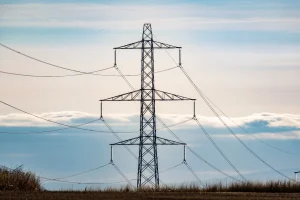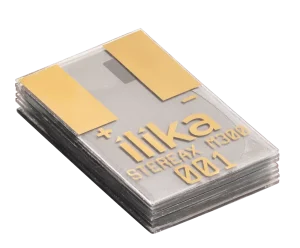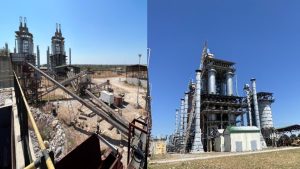Vanadium redox flow batteries are not new, but the case for them has never been clearer. As renewable energy floods power systems and grid operators demand longer-duration storage with lower lifetime costs, vanadium-based systems are stepping into a gap that lithium was never designed to fill.
The key structural difference is that vanadium redox flow batteries store energy in liquid form, held in external tanks. These tanks can be scaled independently of the battery’s power output, allowing for high-capacity energy storage without redesigning the entire system. That flexibility makes them well suited for grid-level deployments where long discharge durations matter more than compactness or fast charging.
Crucially, these systems do not degrade the way lithium-ion does. Vanadium flow batteries can cycle daily for over 20 years without significant performance loss. The vanadium electrolyte is non-flammable, even under stress. Unlike lithium systems, which carry fire risk and require expensive thermal control, vanadium’s inherent stability offers a simpler, more robust operating profile.
Operationally, they deliver four to eight hours of discharge, hitting a sweet spot between daily cycling and seasonal shifting. This duration fits well with solar and wind integration, enabling power to be captured when it is cheap and dispatched when it is needed most.
Ferro-Alloy Resources Ltd (LON:FAR) is developing the giant Balasausqandiq vanadium deposit in Kyzylordinskaya oblast of southern Kazakhstan. The ore at this deposit is unlike that of nearly all other primary vanadium deposits and is capable of being treated by a much lower cost process.












































